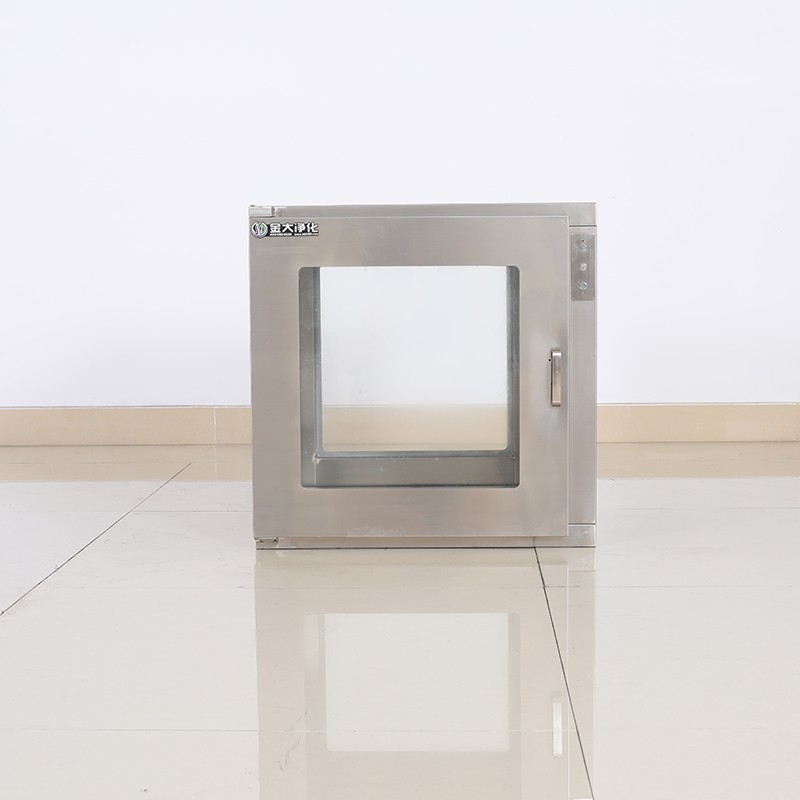
- English
- Español
- Português
- русский
- Français
- 日本語
- Deutsch
- tiếng Việt
- Italiano
- Nederlands
- ภาษาไทย
- Polski
- 한국어
- Svenska
- magyar
- Malay
- বাংলা ভাষার
- Dansk
- Suomi
- हिन्दी
- Pilipino
- Türkçe
- Gaeilge
- العربية
- Indonesia
- Norsk
- تمل
- český
- ελληνικά
- український
- Javanese
- فارسی
- தமிழ்
- తెలుగు
- नेपाली
- Burmese
- български
- ລາວ
- Latine
- Қазақша
- Euskal
- Azərbaycan
- Slovenský jazyk
- Македонски
- Lietuvos
- Eesti Keel
- Română
- Slovenski
- मराठी
- Srpski језик
What is a Pass Box in OT?
2024-06-28
In the field of medical operations and sterile environments, the use of specialized equipment is paramount to maintain the highest standards of hygiene and contamination control. One such piece of equipment, essential in maintaining the integrity of surgical procedures, is the Operation Theater (OT) Static Pass Box.
The OT Static Pass Box is a crucial component in the transfer of materials from one side of a cleanroom to the other, ensuring that this process occurs in a controlled environment. The primary purpose of this pass box is to avoid cross-contamination of airborne particles, which could potentially compromise the sterility of the OT environment.
The design of the pass box is such that it is fixed securely between two cleanroom areas that have the same grade or class of air. This ensures that the air quality within the pass box matches the requirements of the surrounding environments, minimizing the risk of particulate contamination.
The operation of the pass box is typically straightforward yet highly effective. Materials requiring transfer from one side to the other are placed within the pass box, and then the doors on either side are closed securely. This creates a sealed environment within the pass box, isolating the materials from the external environment. Once the doors are securely closed, the materials can be safely moved from one side to the other through the use of internal mechanisms or sliding trays.
The importance of the pass box in OT environments cannot be overstated. It is a vital tool in maintaining the sterility of the surgical field, protecting patients from potential harm caused by airborne contaminants. By providing a controlled environment for the transfer of materials, the pass box ensures that only clean, uncontaminated items enter the OT, minimizing the risk of infection or other complications.
In summary, the OT Static Pass Box is an essential piece of equipment in maintaining the sterility and safety of surgical procedures. By providing a controlled environment for the transfer of materials between cleanroom areas, it ensures that cross-contamination of airborne particles is avoided, protecting patients and medical staff from potential harm.




